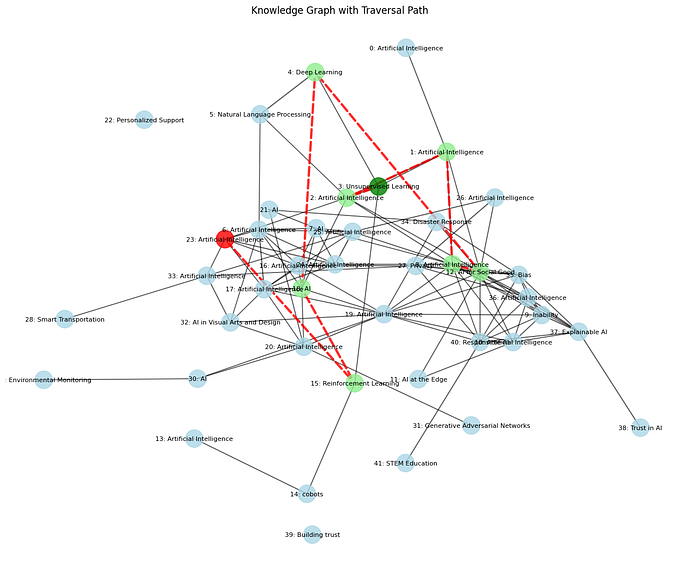
The Covid pandemic forced us to make rapid changes to our educational environment. Suddenly, everybody had to work from home and friends and family were separated. The Erasmus University campus became empty, and the kitchen table became our new friend. Just like Zoom, Teams, Canvas and all those other online platforms. But did they really become our friends… or enemies? One thing is for sure, our students were longing for personal contact and the rebuilding of a thriving learning environment.
Let’s take you back in time to how it all started. In 2020, ErasmusX saw an opportunity in building an online virtual campus to provide a digital place to meet and explore the campus together. The journey started in collaboration with a student-led e-sports organization (Erasmus Esports) and with an aspiration to build the campus in the game environment Minecraft. In this 3D virtual environment, you can walk around campus with your fellow students just like in real life. It brings many opportunities for augmenting courses, hosting events, and also just having some fun through playing games. Thus, Minecraft is a perfect platform for exploring, building, and increasing online learning engagement. So we did.
Hey ErasmusX, can you design a course for 1500+ students?
Erasmus School of Law (ESL) got inspired by our activities, picked up the digital phone and got in touch with us. They were preparing a new Tech Legal course for 1500+ (!!!) students for the new academic year and thought it would be a cool idea to host it in the Minecraft campus we built. They shared their challenges on how to prepare their students for the future and explained that the rapidly changing world also impacts how students learn and interact with law. Legal books shift to online databases, and rules and regulations become much more complex due to emerging technologies. Students need to level up their game and need to be sharper and smarter to work out complex cases. This all comes back to the basic skills of searching…identifying…comparing. Well, how does a virtual online platform help with those, a-hum, alleged ‘boring’ activities?
An important first step is to get a better understanding of the situation; the learning objective, student needs and the teachers. Who are those ESL students and what are their interests and needs? What do they struggle with? What are the challenges teachers face? And are our allegations correct? Our innovation process looks like what happens in court. We need to investigate our assumptions to make a good case for a workable solution. We can’t fool people by making awesome stuff that doesn’t work. To truly get into deep conversations with our students we decided to use co-creation and rapid prototyping to discover the direction we wanted to take. The basic design brief for our prototypes was clear: design an engaging course that stimulates collaboration, for 1500+ part- and full-time students, to be executed at students’ own time and pace, and last but not least; should facilitate the learning objectives.
Time to get our hands dirty: Gamestorm time
Obviously we cannot develop all creative ideas and prototypes by ourselves. We truly believe that you should call-in experts for the topics you don’t excel in, in this case: game design. That’s why we contacted some friends from the HKU (University of the Arts Utrecht) to help us out. An awesome Gamestorm was facilitated by Micah Hrehovcsik, lecturer, and founder of Game Architect Studio. We used our online office in the Gather platform, which made it easy to collaborate and get creative. Together with students from ESL and the ESL team, we cracked our brains. Since you can make ANYTHING in Minecraft, we could come up with the craziest ideas. Ideas ranged from murdered janitors to entire private islands in which students had to solve puzzles. During the co-creation session, we discovered more details about how students see law. And our alleged assumptions became reality. Students shared that learning about legal databases was indeed experienced as boring. Together we created crazy concepts for the legal learning objectives as a start for the first prototypes in Minecraft.
At ErasmusX, we have in-house designers for the online platforms we are working with. Our amazing student assistants were able to translate the concepts into the Minecraft platform. We are blessed they have those skills, so we can work together at a rapid pace. They built an escape room kind of game where participants had to solve mini games and escape the burning campus library. In the end, participants had to make sure all the legal documents and information could still be accessed online once the building was burned down. The Minecraft environment was perfect for these realistic kinds of interactions and 3D movements. It was ready to be tested with ESL students and learn more about the prototype to see how they reacted…
Testing is key 🔑
When we do tests with our user testers, we not only look at the effects that we are aiming for such as, in this case; engagement, collaboration and, most importantly, achieving the learning objectives. But we also look at the usability of the platform itself. If a game is not usable or performs poorly, students don’t accept the technology. And if this is the case, you are left with students that are frustrated while also having a hard time feeling connected to the course.
Well… during our tests we did not necessarily find frustrated user testers, but an anxious ErasmusX team that was completely flabbergasted about what just happened. The testers were walking around, solving the mini games which were very well experienced, but all of the sudden tiny creatures started crawling out of nowhere. These tiny creatures were not only scary, but they were suicidal and blew up the whole environment. That is what we call a literal bug in the program… In the end we could laugh about it, but our student assistants saw their precious prototype broken down in pieces in front of their eyes.
Besides all this drama, we learned a lot during our tests and we had to make a hard decision. Not only did the tests show that Minecraft posed technical challenges for the desired outcome, the platform was also hard to use for students who are not that tech savvy, which was especially true for the part-time law students who tended to struggle a bit more. Also, onboarding and facilitating would take too much time for such a short course. However, the biggest drawback of the Minecraft environment is the limited collaboration options, and the absence of voice-options. For an engaging online educational session this is far from ideal. That’s why we decided to look for other platforms that allowed students to have a playful experience with the learning materials for the course.
Back to the drawing board
And for us that meant back to the digital drawing board in our online office in Gather. At that time, two new ErasmusX team-members got their own desk at the office. We treated ourselves with a fresh pair of eyes from a game designer and an educational developer to help us out.
And when we were all sitting in our digital office in the Gather platform we thought, well why not use this platform instead? And that is when our journey took an interesting turn…
Stay tuned for part 2 of this exciting journey! 👀
Or…virtually join our talk during LDE CEL’s Annual Meeting 2021 on December 14th, where we will present how we tackled it!
Claim your free spot here: https://www.educationandlearning.nl/agenda/2021-12-14-annual-meeting-2021
While you wait, why not give us a follow? ⬇️
LinkedIn: https://www.linkedin.com/company/erasmusx
Instagram: http://instagram.com/erasmusx.io/









